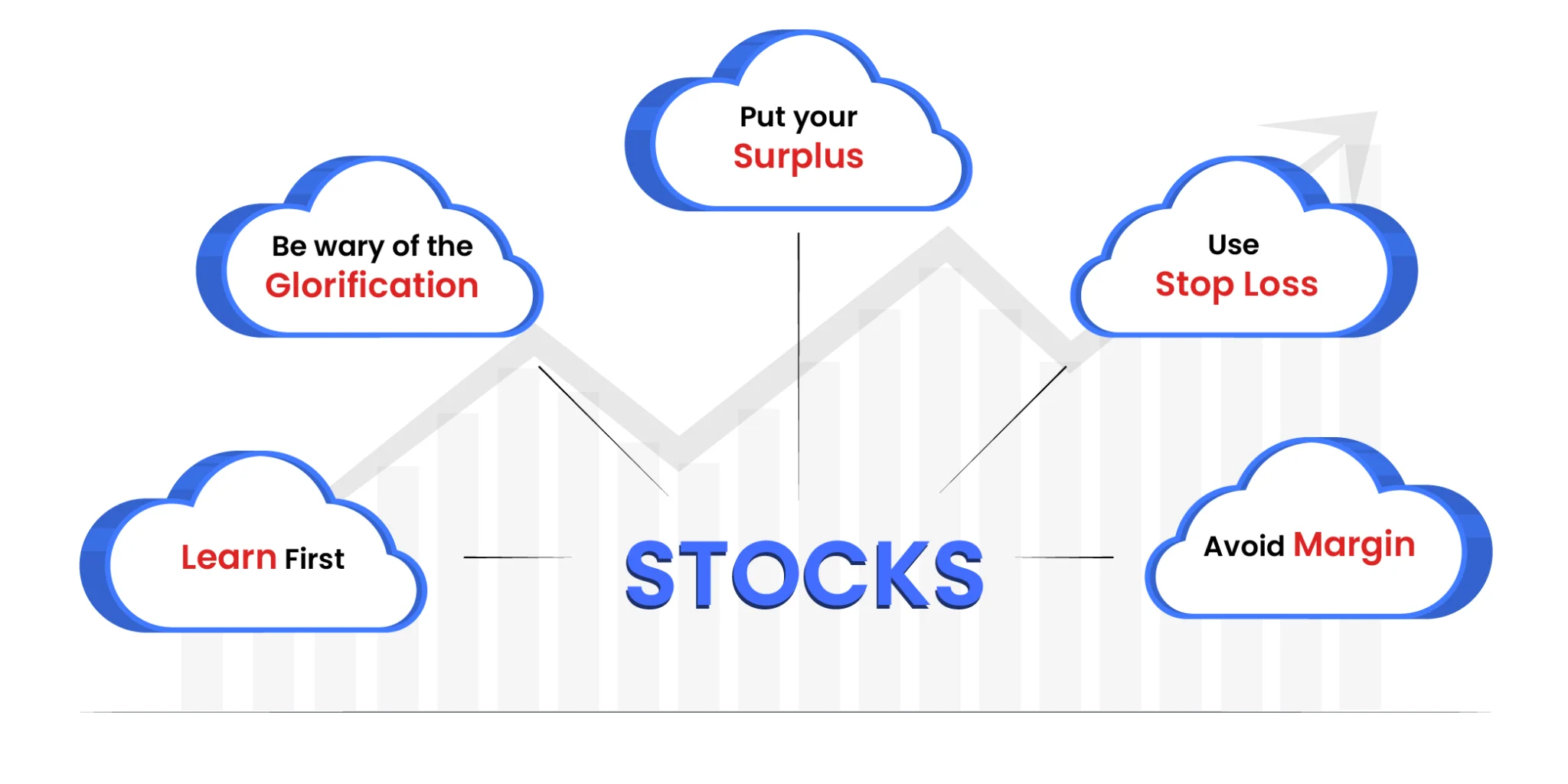Debt funds are a popular investment choice for individuals seeking relatively stable returns compared to equity investments. This makes them ideally suitable for risk-averse investors. Like other investments, investing in debt funds has its own strategies. Two of the strategies that put investors in a dilemma include duration strategy and predictable returns. Therefore, it is important to understand both these strategies in detail to make an informed choice that aligns with your investment goals. But before that, let’s understand the debt funds in detail with Koshex!
What are Debt Funds?
Debt funds are mutual funds that primarily invest in fixed-income securities. Its prime example includes G-Sec funds, government security funds, or funds that invest in government and corporate bonds, treasury bills, and other debt instruments. The primary objective of debt funds is to generate stable returns through interest income and capital appreciation while minimizing the risk associated with market volatility.
What is Duration Strategy in Debt Funds?
Duration strategy, in the case of debt funds, refers to the sensitivity of the fund’s Net Asset Value (NAV) to changes in interest rates. Basically, duration strategy involves managing the average maturity of the portfolio in line with interest rate expectations. Here are some key points you should keep in mind in relation to the duration strategy:
1) Inverse Relationship with Interest Rates
One of the key aspects of debt funds is their inverse relation with the interest rates in general. RBI increases or decreases interest rates for numerous reasons such as to tackle inflation etc. If there is an increase in the interest rate, the value of debt funds falls. Conversely, if there is a fall in the interest rate, the value of debt funds increases. The duration strategy recognizes the inverse relationship between bond prices and interest rates.
2) Long Duration for Rate Decrease
If fund managers anticipate a decrease in interest rates, they may adopt a longer duration to benefit from capital appreciation as bond prices rise when the interest rate falls.
3) Short Duration for Rate Increase
Conversely, if interest rates are expected to rise in the future, then the fund managers may employ a shorter-duration strategy to minimize the impact of falling bond prices.
What is the Predictable Return Strategy in Debt Funds?
Predictable return strategy focuses on generating stable and predictable income for investors. It is a more conservative and stable approach that emphasizes regular interest payments and capital preservation. While employing a predictable return strategy, the funds are invested in shorter-duration assets, mostly high-quality bonds. This can include government or corporate bonds with high credit ratings. Here are some of the key points regarding predictable return strategy for debt funds:
1) Consistent Income
The primary goal here is to provide regular income to the investors. This is ensured through interest payments generated by the portfolio’s fixed-income securities.
2) Lower Sensitivity to Interest Rates
Unlike the duration strategy, the predictable return strategy is less sensitive to changes in interest rates. It aims to shield investors from the impact of interest rate fluctuations on bond prices.
3) Emphasis on Safety and Stability
Predictable return strategies prioritize the safety of the investors’ capital. The aim here is to provide a stable income stream and this makes them suitable for conservative investors and risk-averse investors.
Duration Strategy or Predictable Returns – What You Should Choose?
Choosing between the funds involving duration strategy and predictable returns depends on various factors. These factors include:
1) Risk Appetite
If you have a high-risk appetite, then you may lean towards a duration strategy. It has the potential for capital appreciation and generating higher returns. But you may witness higher volatility. Conversely, if you are seeking stable returns and capital preservation, then you should prefer predictable return strategies.
2) Market Outlook
Market outlook is an important determinant when choosing your investment strategy. If the interest rates are expected to decrease, then choosing the duration strategy is a wise choice as you can benefit from capital appreciation. Conversely, in a rising interest rate environment, predictable returns could be more appealing as your fund value may decrease after the interest rate rises.
3) Investment Horizon
Investment horizon plays a crucial role in deciding your investment strategy. For short-term goals and liquidity needs, predictable returns with a shorter duration might be more suitable as the safety of capital is paramount. Therefore, you can consider short-term debt funds. You can consider duration strategy if you have long-term goals as it allows for potential capital appreciation over an extended period. Here, long-term debt funds can be beneficial.
4) Investment Goals
Investment goals become another important determinant for choosing the right strategy. If you rely heavily on regular income, then predictable return strategies are ideally suitable as it is more aligned with your needs. Conversely, if you are focusing on potential capital appreciation, you may choose a duration strategy after understanding the associated interest rate risk.
Summing Up
Debt mutual funds are considered to be an ideal investment instrument for risk-averse investors, who are looking for stable returns.
While a duration strategy can offer the potential for capital appreciation, it comes with higher volatility. Predictable return strategies, on the other hand, prioritize stability, regular income, and the safety of your capital. You should consult with financial advisors and consider your unique circumstances before making investment decisions. Further, the selection of the right investment platform also plays a vital role.
Koshex allows you to choose from 5000+ different funds to invest. If you are looking to invest in debt funds, then Koshex can offer you multiple options based on your investment strategy and goals. Further, you can diversify your investments through Koshex by investing in different types of mutual funds, digital gold, smart deposits, or fixed deposits. Sign up now with Koshex!
Frequently Asked Questions
Q: Are debt funds safe?
A: Debt funds are generally considered safer than equity funds as they invest in fixed-income securities. These normally include G-Sec funds, bonds, etc. However, like any other investment avenue, they too carry their own set of risks. Factors such as interest rate movements and the credit quality of the underlying bonds can impact the performance of the debt funds.
Q: How does duration impact debt funds?
A: Duration in relation to debt funds measures the sensitivity of a debt fund’s portfolio to changes in interest rates. Longer duration implies higher sensitivity. If interest rates rise, bond prices fall and impact the NAV of the fund. Conversely, a fall in interest rates increases the value of debt funds.
Q: Can debt funds provide both stability and growth?
A: Yes. A well-balanced debt fund portfolio can offer stability through predictable returns while potentially achieving growth through capital appreciation in favorable market conditions.
Q: What role do credit ratings play in debt funds?
A: Credit ratings assess the creditworthiness of the issuers of the bonds in the case of a debt fund. Higher-rated bonds are considered less risky. However, lower-rated bonds may offer higher yields but come with increased credit risk.









Leave a Comment